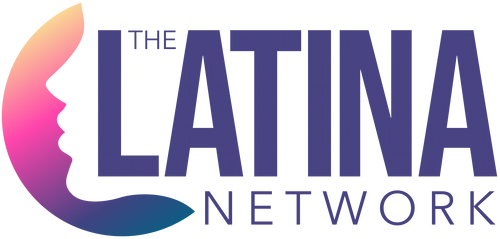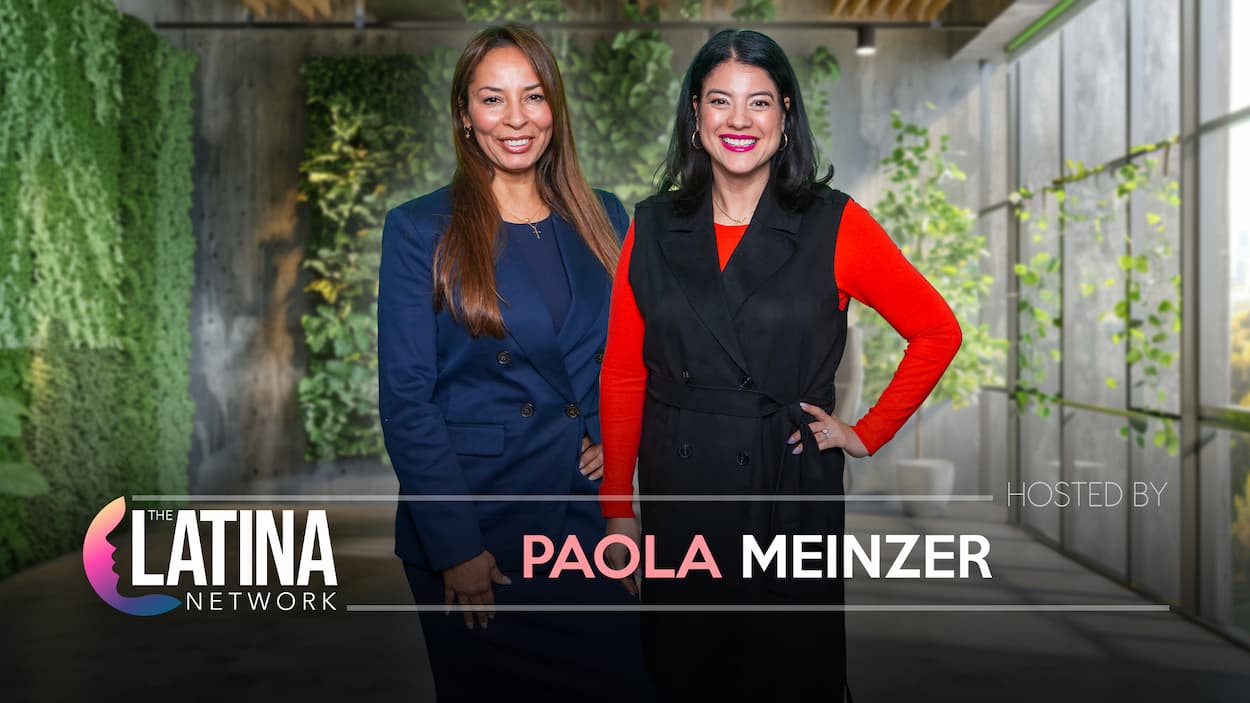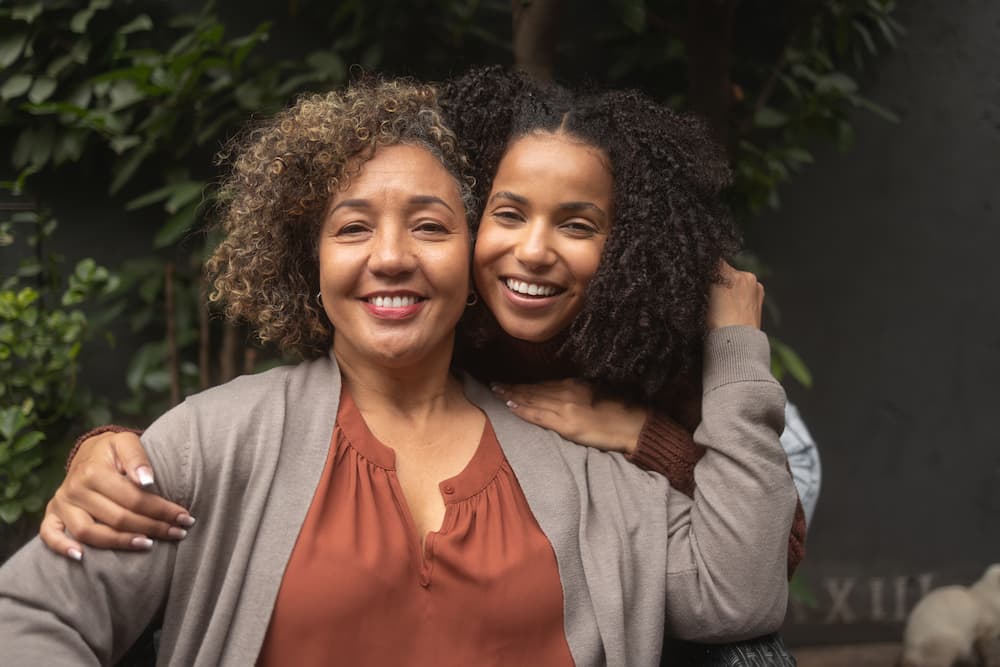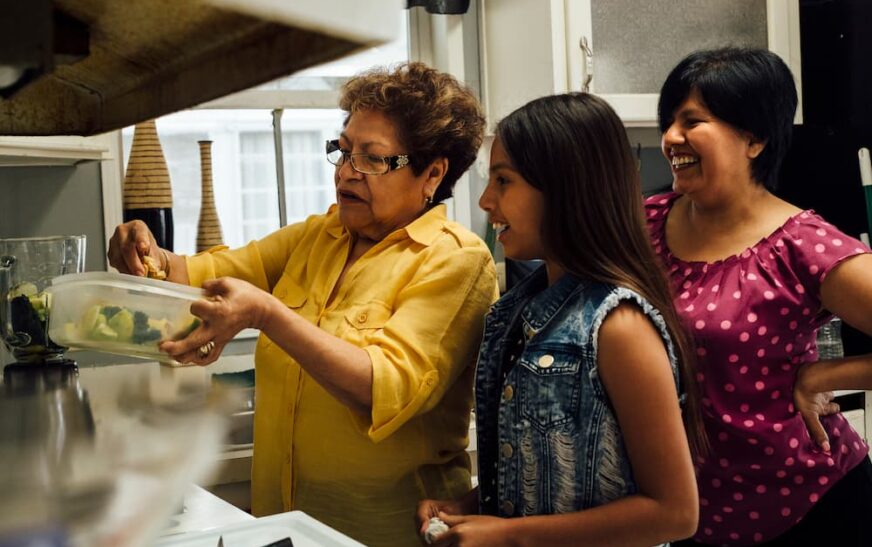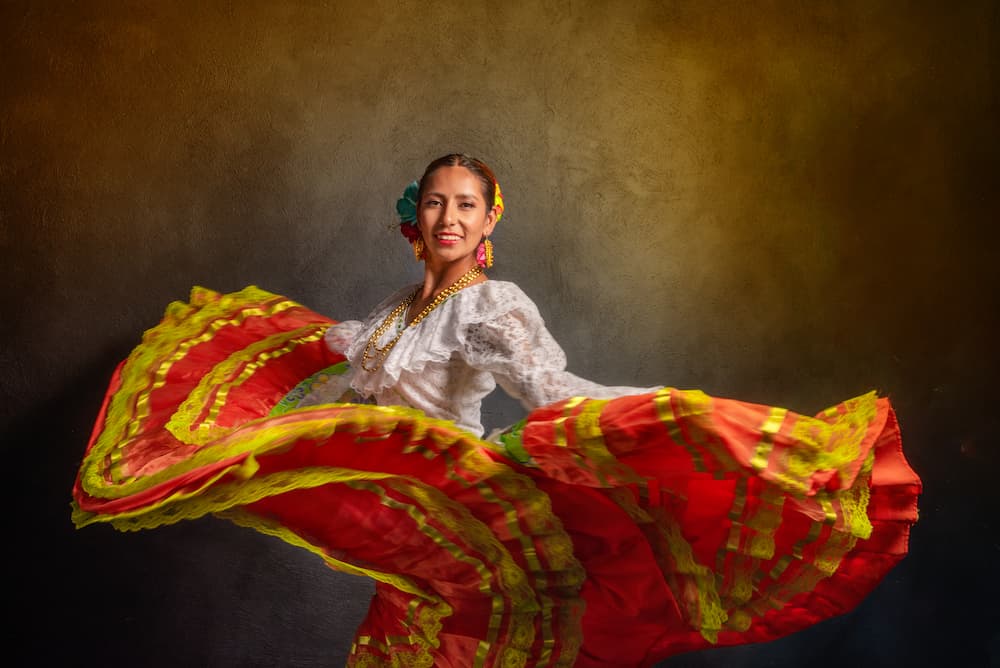To be Latina has never been a single story. It has never been one language, one color, one country, one history. It has always been a mosaic—of Indigenous roots, African heritage, European colonization, and centuries of migration and resistance. But today, in this era of global diaspora, social media debates, and shifting politics, the question presses more urgently than ever: what does it mean to be Latina today?
For some, it means carrying a word that feels both unifying and insufficient. “Latina” can offer visibility in spaces where we would otherwise be erased. It connects a woman in Texas to one in Puerto Rico, one in Bolivia to one in New York. It signals shared experience across borders. But it can also flatten us, as if our differences—Afro-Latina, Indigenous, mestiza, immigrant, U.S.-born, white-presenting, undocumented—do not matter. The debates over labels reveal just how fragile and powerful language can be.

“Hispanic,” still used in government forms and mainstream institutions, ties us to the Spanish language but erases Indigenous and African lineages. “Latinx” emerged to challenge gendered language and create inclusivity, embraced by some, rejected by others who see it as academic or imposed. “Latine,” more recently, carries a rhythm closer to Spanish, but has yet to find broad usage. And still, for many, “Latina” remains the word that feels right—familiar, rooted in gender identity, proud in its femininity. These debates are not simply about semantics. They are about belonging. They are about who gets to define us, and who we choose to be.
Identity for Latinas is also deeply intersectional. Gender shapes how we move in the world, how we are perceived, and what battles we fight. Race, too, is an undeniable force. Afro-Latinas, for instance, carry the weight of invisibility within broader Latino spaces, where Blackness is often sidelined. Indigenous Latinas often confront erasure in both national narratives and within Latino identity itself. And lighter-skinned Latinas may navigate privilege and proximity to whiteness, even as they face marginalization in other contexts. To speak of being Latina today is to speak of race, gender, class, sexuality, and heritage all at once—because for us, these categories never exist in isolation.
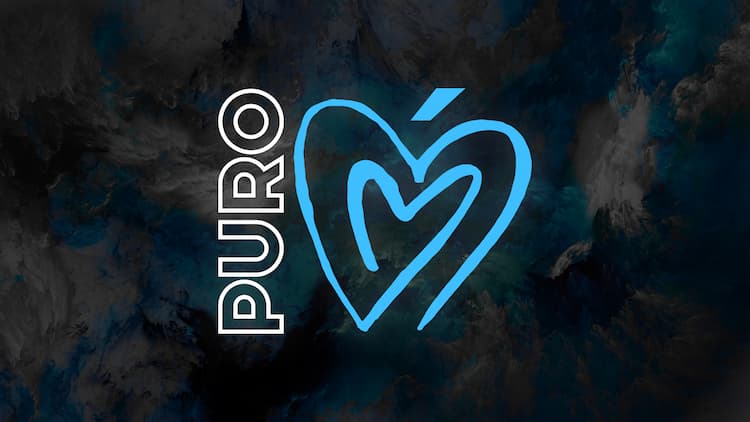
For diaspora communities, identity evolves in complex ways. The child of immigrants in California may grow up more fluent in English than Spanish, yet carry her parents’ country in her food, her music, her prayers. A third-generation Latina in Chicago may feel distanced from her grandparents’ homeland but rooted in her neighborhood’s Latino community. A woman born in Bogotá who later builds her life in Miami may feel split between two worlds—until she realizes she is building a new one entirely. Diaspora identity is fluid: shaped by borders, by language, by migration, by memory. And it is constantly evolving.
Representation in media and politics has given us new ways to see ourselves, but it has also raised new questions. What does it mean when Latina actresses are cast in roles that flatten us into stereotypes? What does it mean when politicians invoke “the Latino vote” as if we all think and vote the same way? To be Latina today means living with both pride and critique—celebrating our growing visibility while demanding depth, complexity, and accuracy in how we are portrayed.
At the heart of it all, though, is pride. Despite the debates, the divisions, and the shifting labels, being Latina today means carrying resilience. It means knowing that we come from ancestors who survived colonization, slavery, migration, and discrimination—and still sang, cooked, loved, built, and dreamed. It means honoring abuelas who held families together, and celebrating daughters who now hold microphones, law degrees, businesses, and offices of power. It means expanding identity so that it is not only about where we come from, but also about what we are creating for the future.

What it means to be Latina today cannot be answered in one sentence. It is layered. It is contested. It is beautiful in its contradictions. We are women who speak Spanish, English, Spanglish, or Indigenous languages—or all of the above. We are women who look like every shade of the Americas. We are women who hold onto tradition fiercely and women who reinvent it boldly. We are women whose identities stretch across borders, who belong to more than one place, who carry pride in all of them.
And maybe that is the answer. To be Latina today means refusing to be defined by anyone else’s narrow vision. It means carrying complexity without apology. It means standing in our plurality and saying: yes, we are many things—and all of them are valid.
The question, then, is not “what does it mean to be Latina today?” but “how will we keep shaping what it means tomorrow?” Because our identity has never been static. It has always been alive, moving, and expanding. And it will continue to be—as long as we do.
